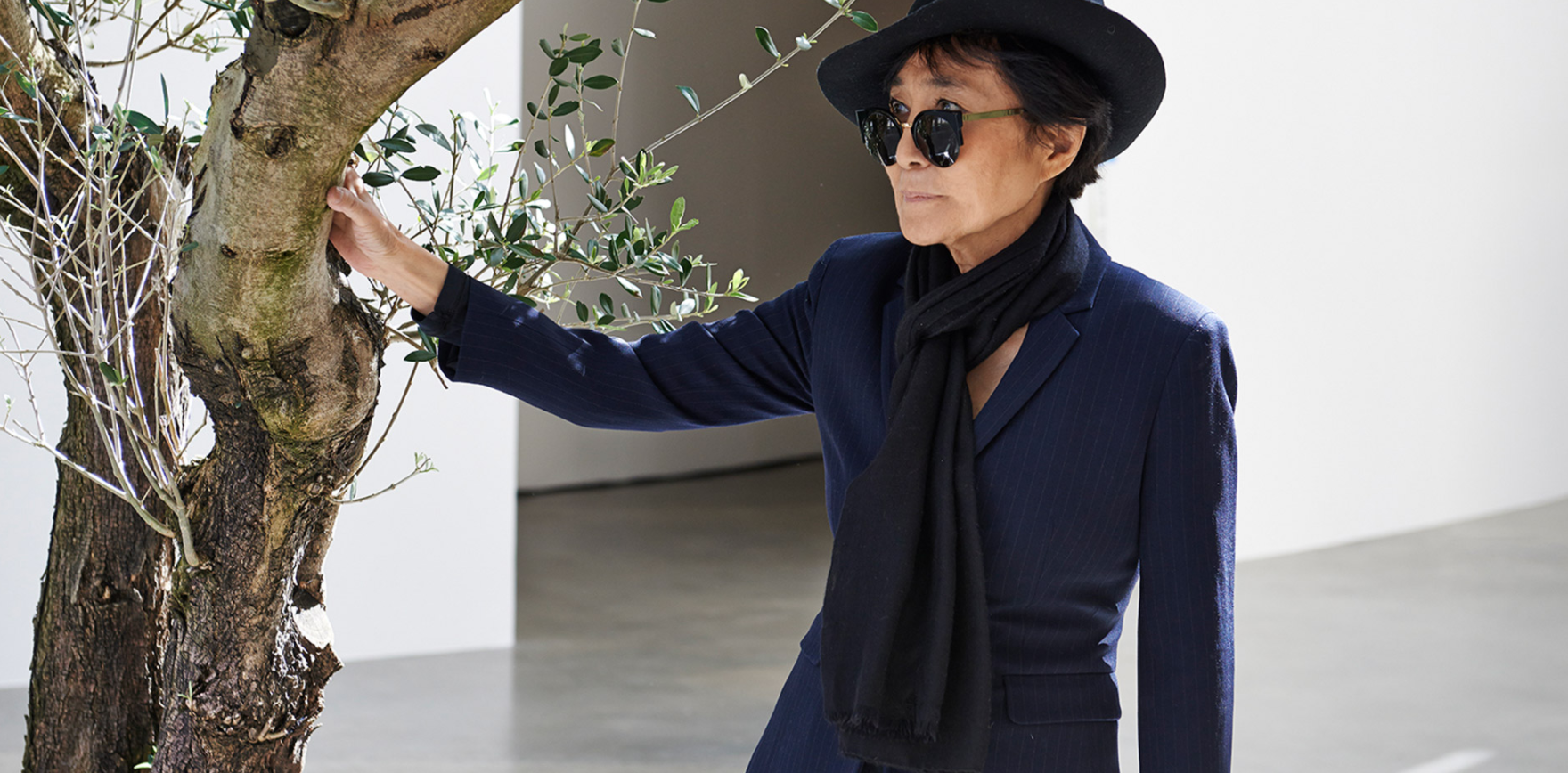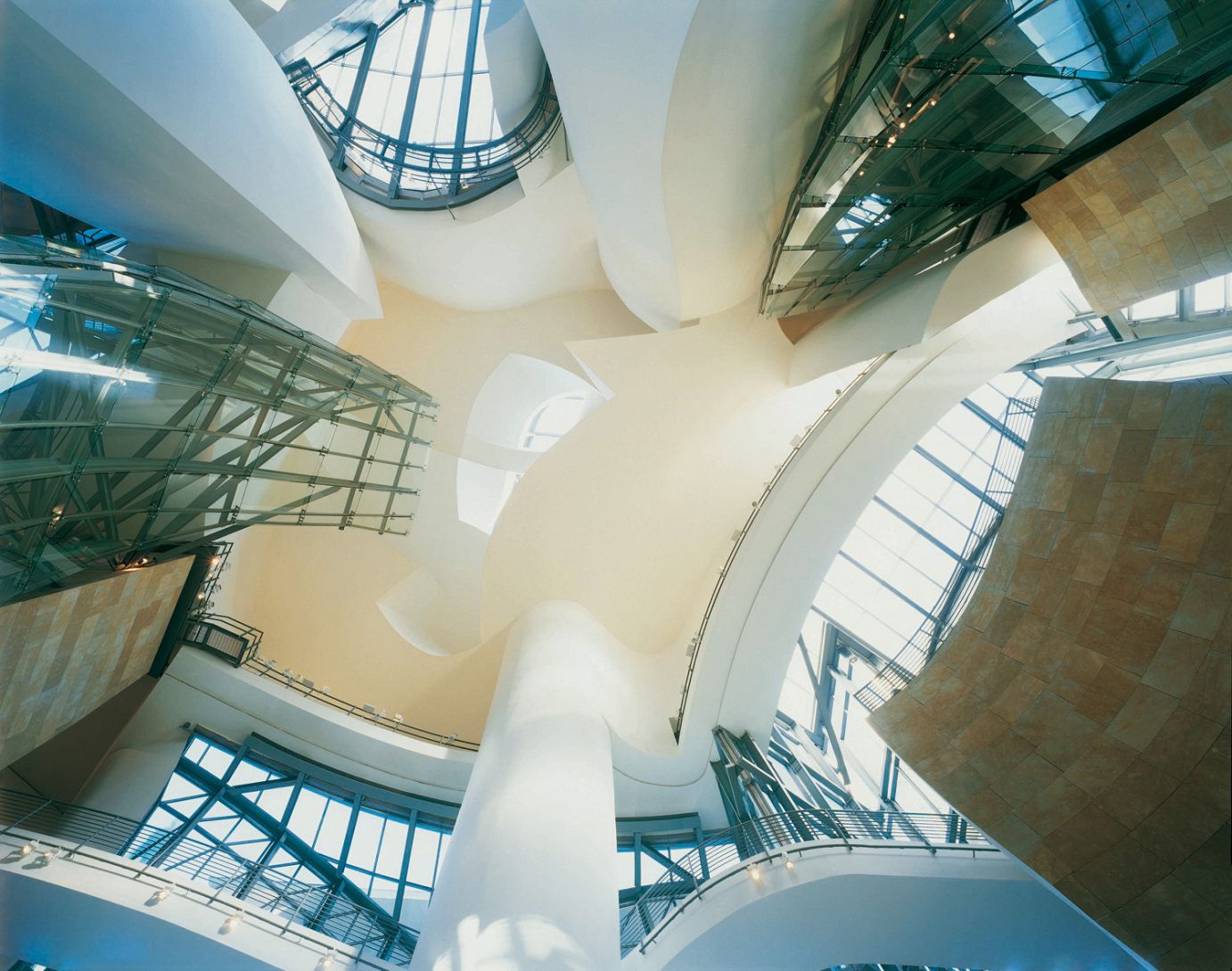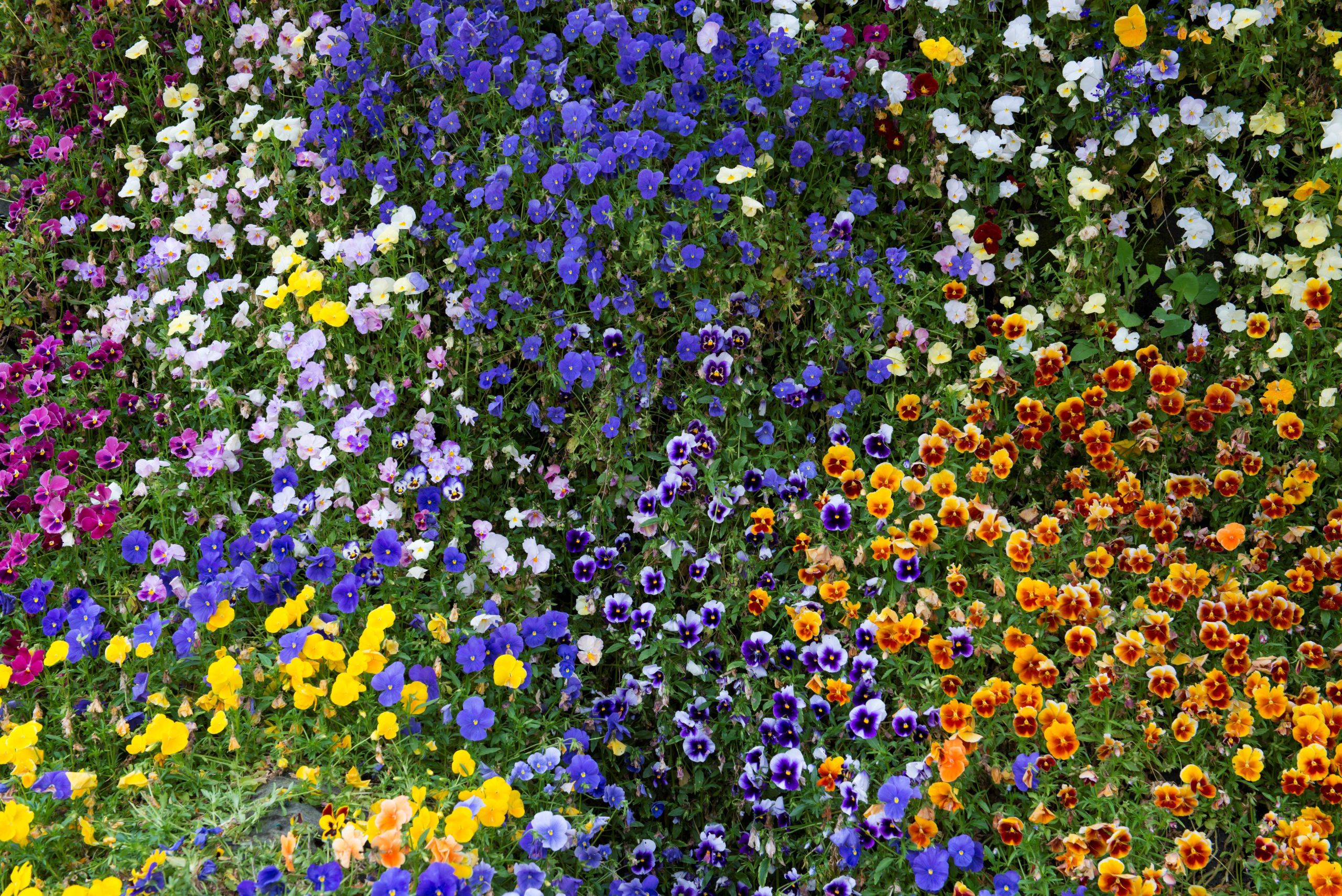
Women on Tour for Families
Welcome to the Guggenheim Museum Bilbao!
Grab your chance to visit this amazing building, which houses extraordinary works of art. All of the pieces in this tour are by female artists—talented and adventurous like explorers!
![]()

Luminous Words
Atrium
This work looks different… What is it made of? Screens and words written in LEDs? The words move up and down; now you see them, now you don’t. It is not as in books or computers…
Jenny Holzer uses words to talk about intimate, secret thoughts and feelings – those that we usually whisper in someone’s ear, only she shouts them out loud, for everyone to hear!
Walk around the floor-to-ceiling luminous columns. Enter Holzer’s work. Be part of it! In fact, you are part of it already, by just looking at it…
Jenny Holzer, Installation for Bilbao, 1997/2017
Electronic LED signs
Site-specific dimensions
Guggenheim Bilbao Museoa

Is Maman a spider?
Exterior next to the footbridge
Enter the Museum. Once in the Atrium, go to the balcony. From there, you will be able to see a giant spider that seems to be moving forward.
Louise Bourgeois was always trying new materials to make sculptures and devising ways to make works that seem to threaten and protect the viewer at once. Maman is a colossal bronze spider balancing on slender legs.
Why is this sculpture called Maman, the French word for “mum”? Does it look like a mum at all? It is a tribute to Louise Bourgeois’s mother, who wove tapestries just like spiders weave their webs!
When you exit the Museum, make your way to Maman, walk underneath it, and look up. What can you see? Why do you think Bourgeois made it like that?
Louise Bourgeois
Maman, 1999
Bronze, marble, and stainless steel
927 x 891 x 1023 cm
Guggenheim Bilbao Museoa

Make a wish
Level 2 terrace
Yoko Ono is a Japanese artist with many interests: art, film, music… And she conceives of them as experiments or explorations.
Ono is also a peace activist and an advocate of women’s rights and human rights.
Wish Tree for Bilbao is a work for world peace, and you can be part of it. On certain days, you can make a wish, write it down, and place it on the tree. When the tree is not available for written prayers, you can just whisper your wish.
Come on! Make a wish!
Yoko Ono
Wish Tree for Bilbao, 1996/2014
Handwritten framed text, olive tree, soil, wooden pot, lectern, labels, and pens
Dimensions variable
Guggenheim Bilbao Museoa

Yayoi Kusama
Gallery 301
Yayoi Kusama was a little girl and she knew she wanted to be an artist. Living in Japan, she thought of the world around her as a place filled with infinite dots, which she drew and painted. Her teachers wanted her to work like the other girls and boys, but she stuck to her dots, embracing difference. Today, she is a highly acclaimed artist with a distinct style of her own, characterized, of course, by polka dots!
This Infinity Mirrored Room is an immersive experience. Looking at it, we are inside Yayoi’s world, already part of her creative world.
What can you see in this Infinity Mirrored Room? How do you feel in here?
Infinity Mirrored Room – A Wish for Human Happiness Calling from Beyond the Universe, 2020
Mirrored glass, wood, LED lighting system, metal, and acrylic panel
293.7 x 417 x 417 cm
We have come to the end of this tour, including works by some of the leading women artists of the twentieth and twenty-first centuries. There are many more, of course. You will surely become familiar with them!
We hope you have enjoyed the tour and learned interesting things. See you soon again!




